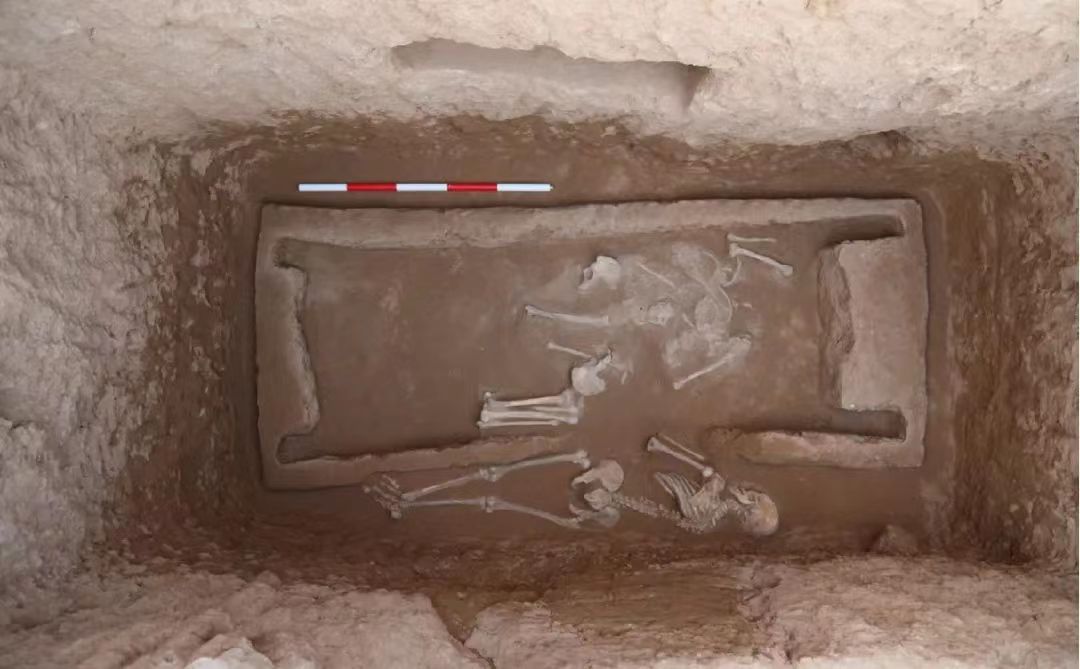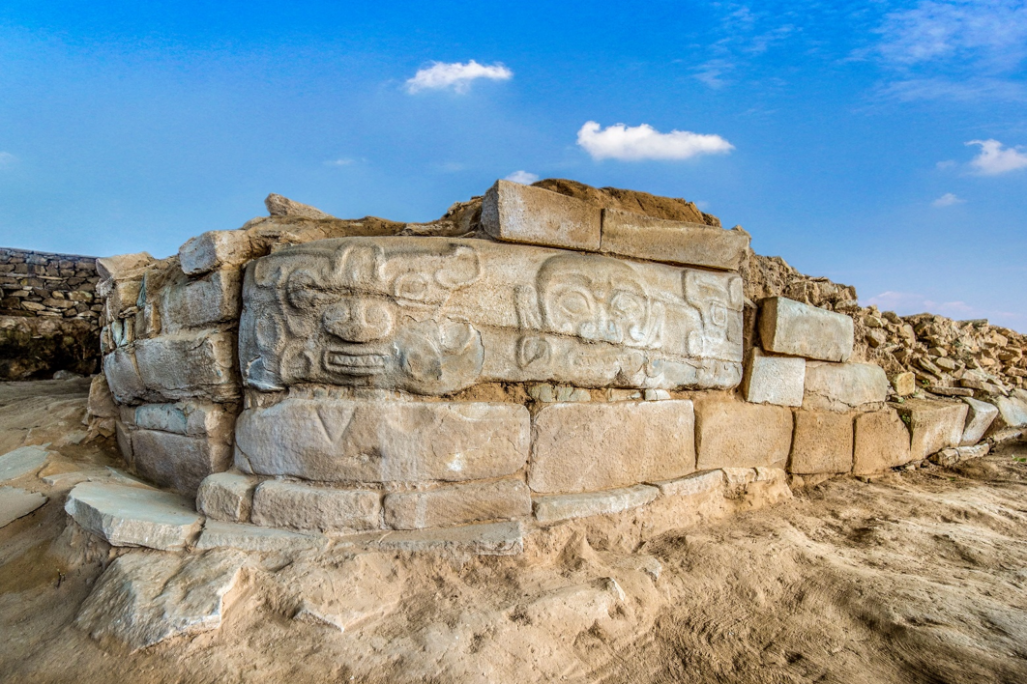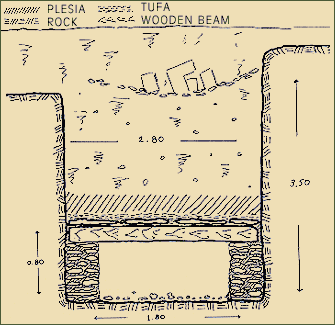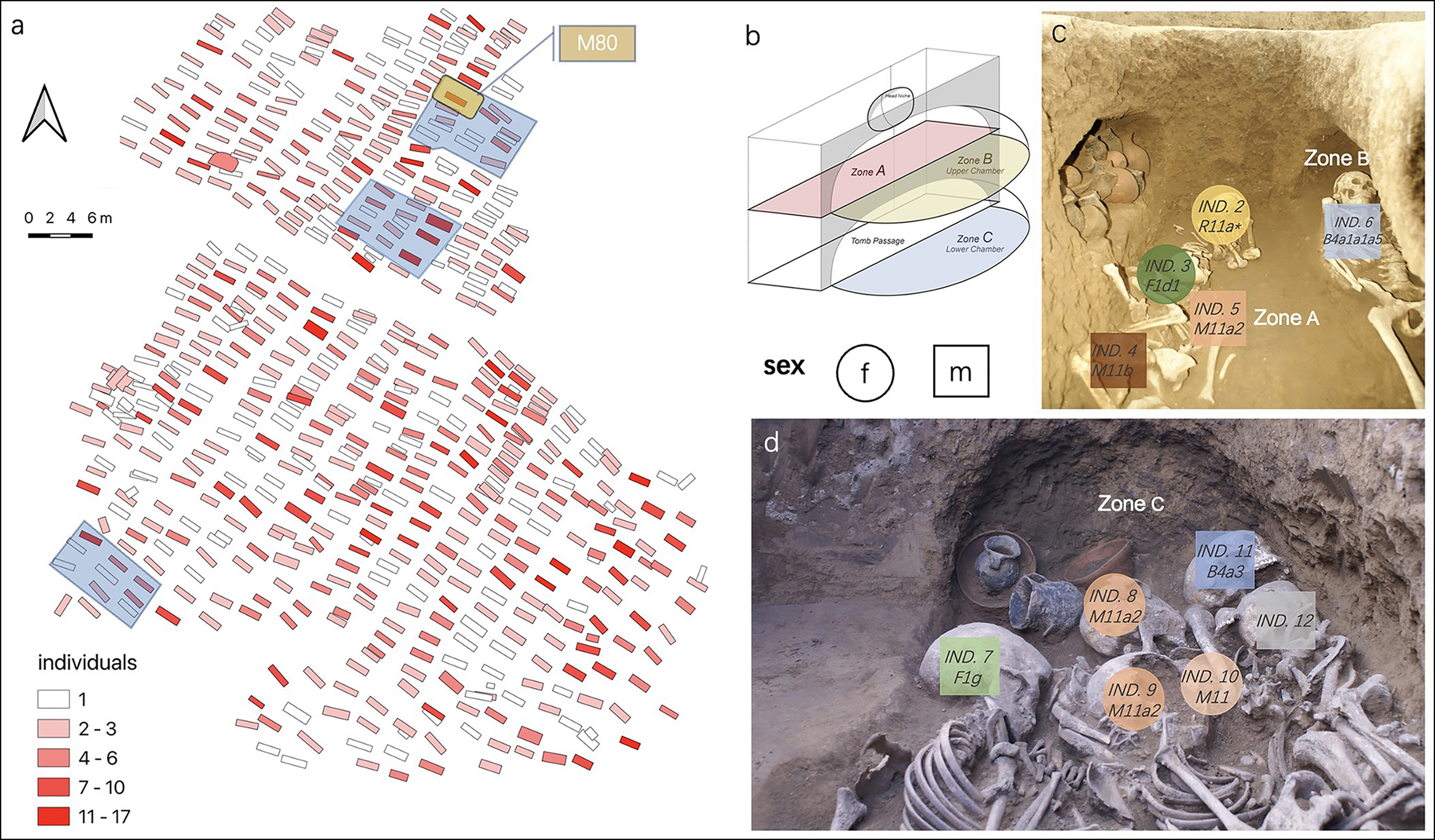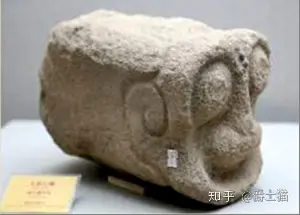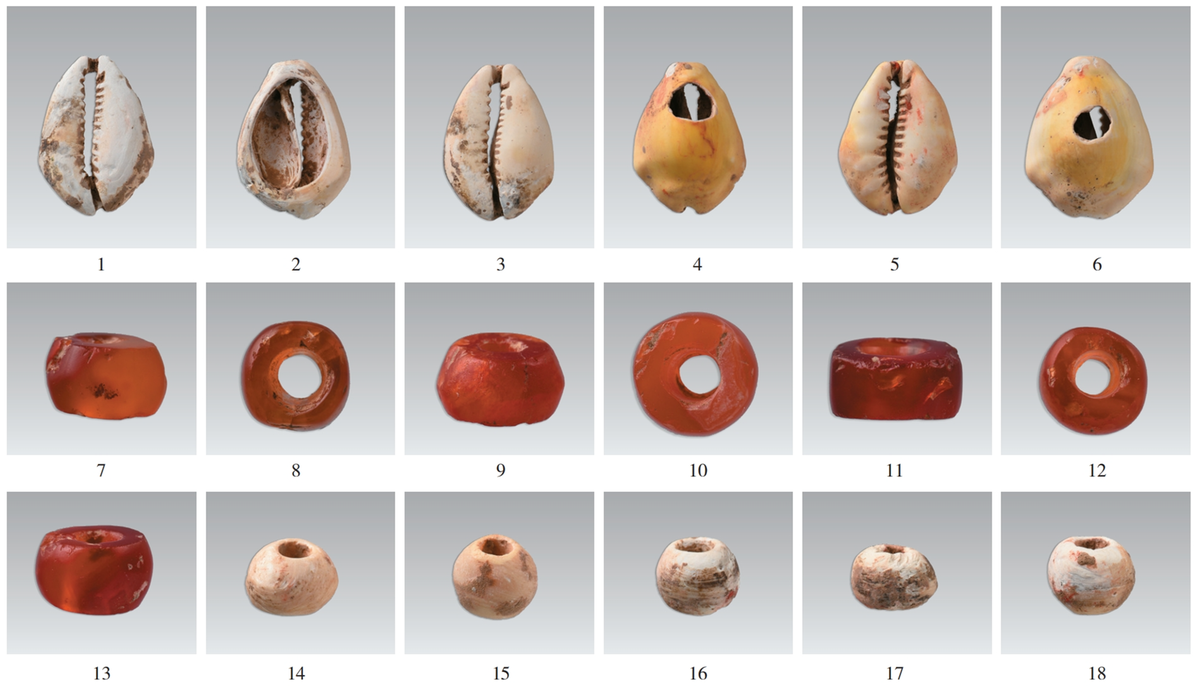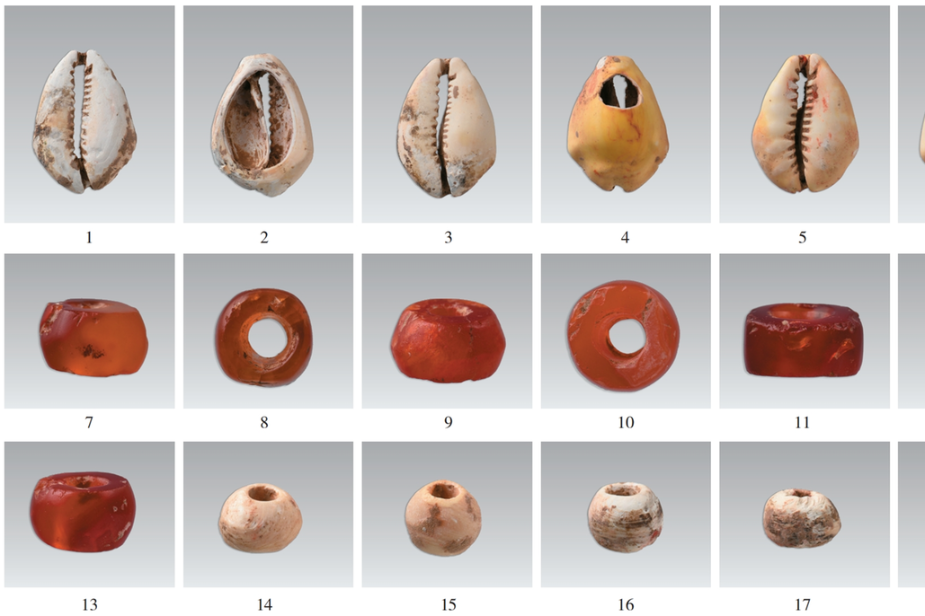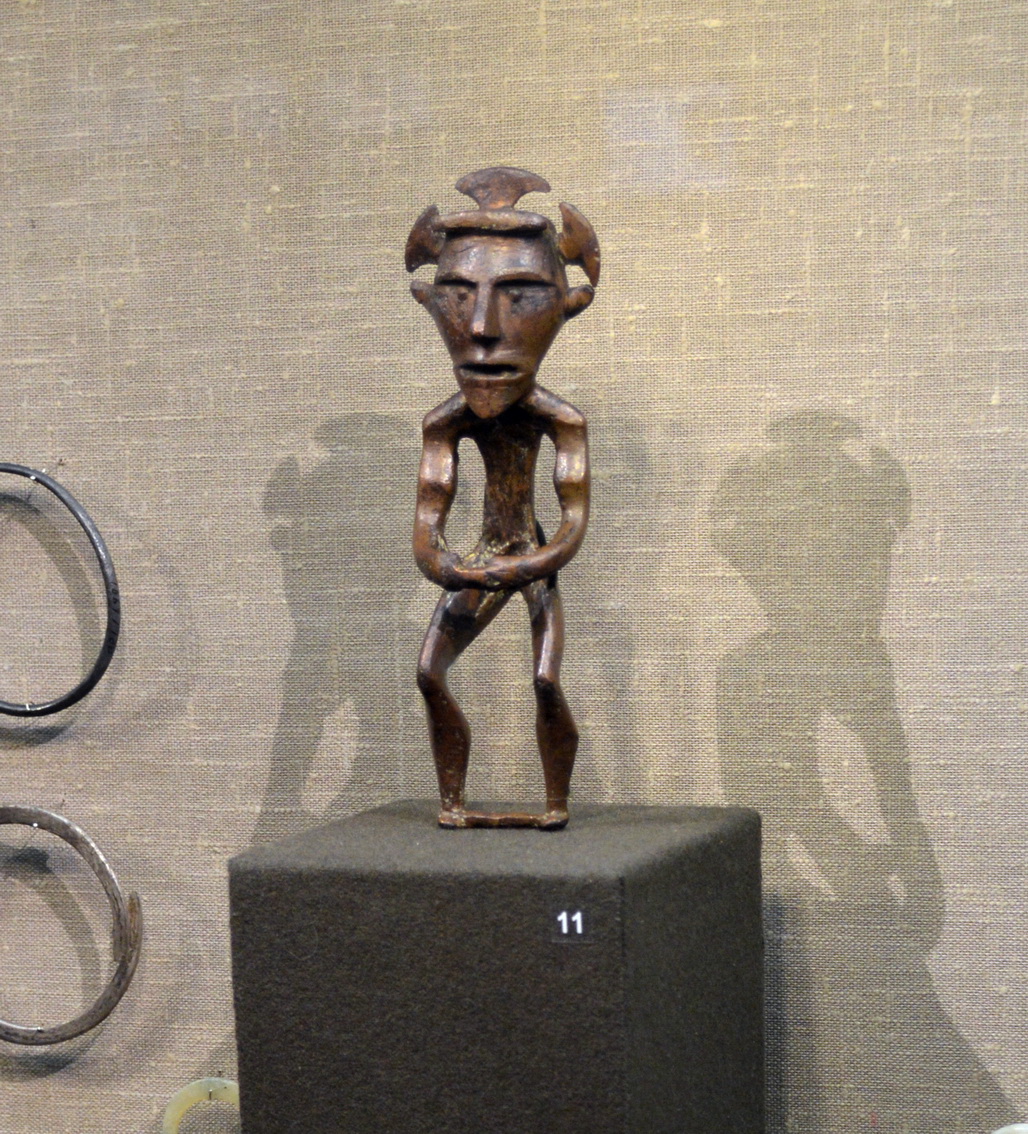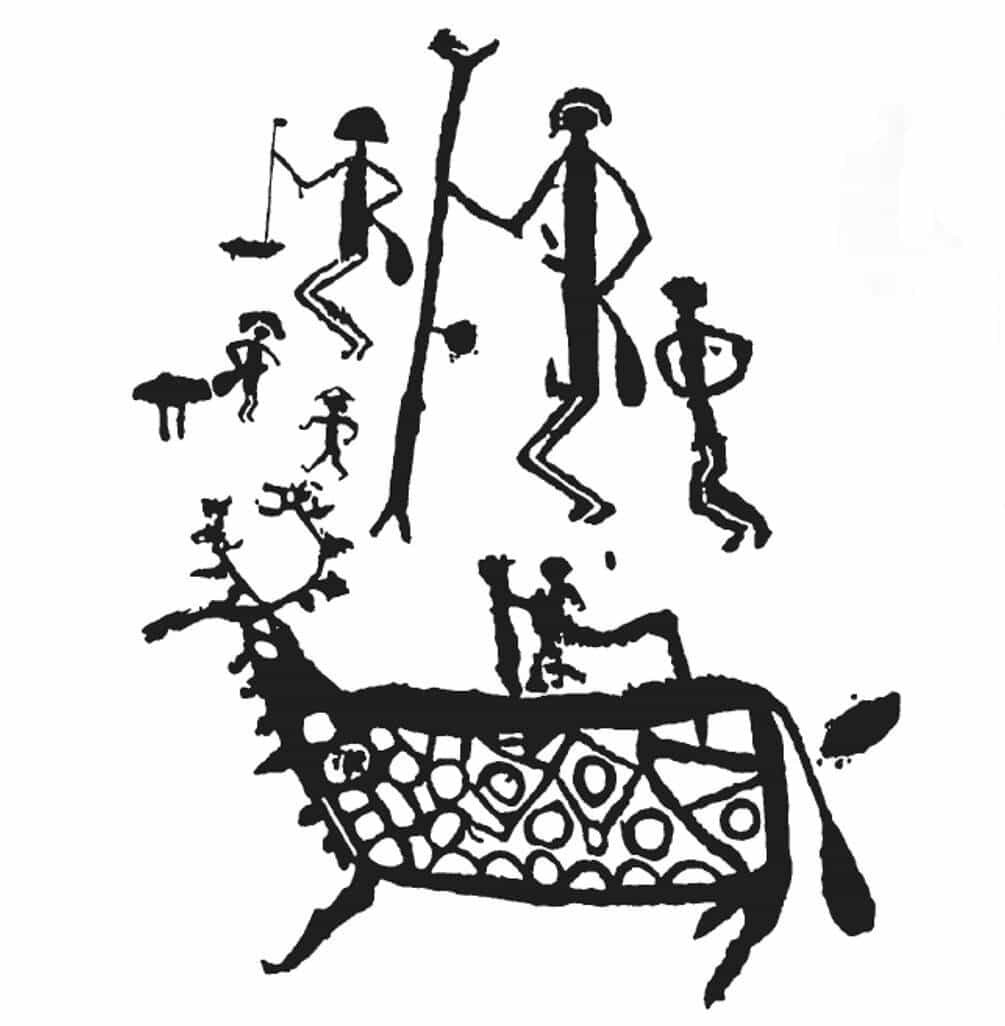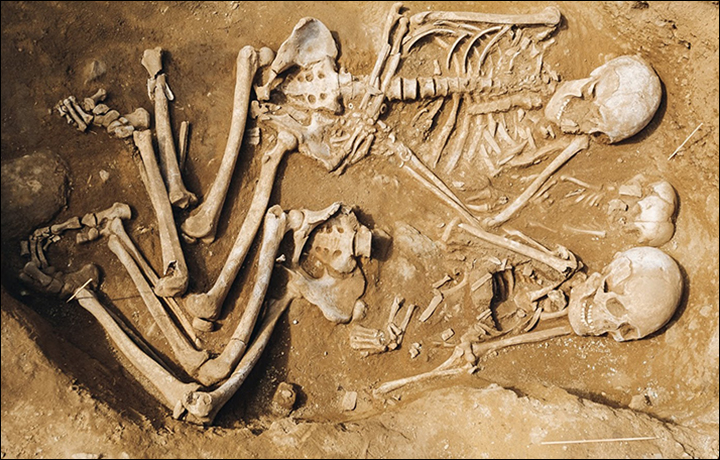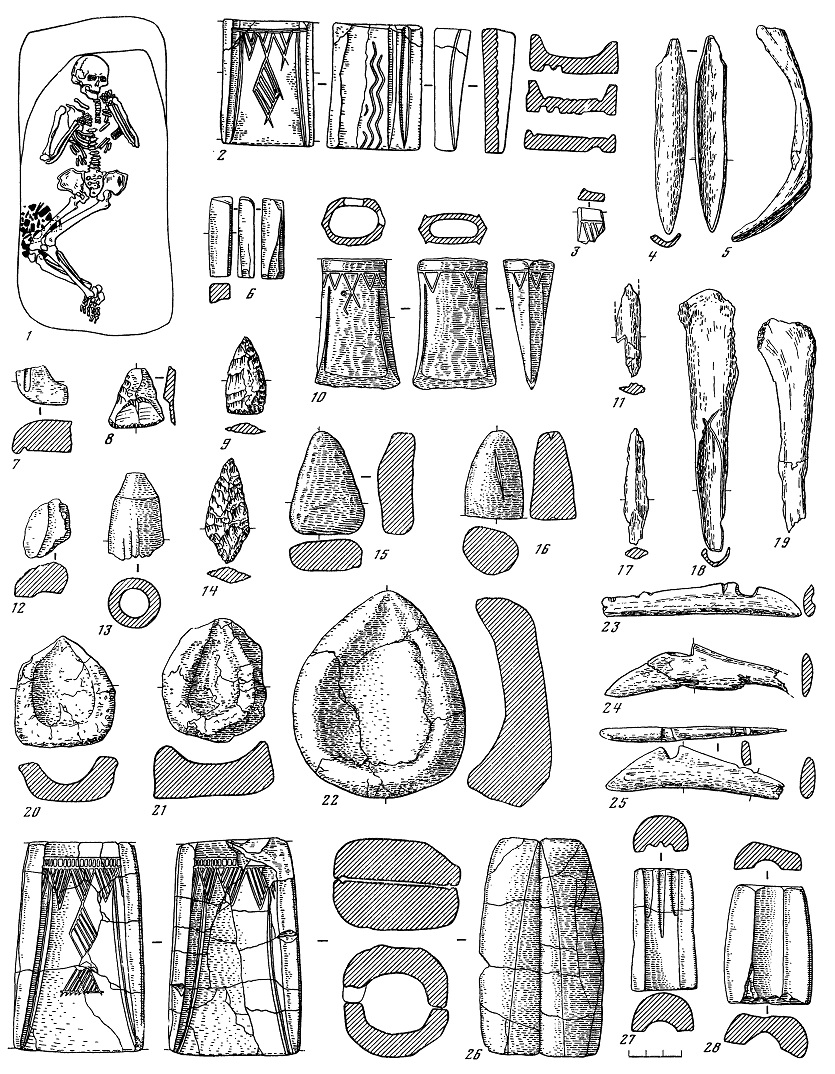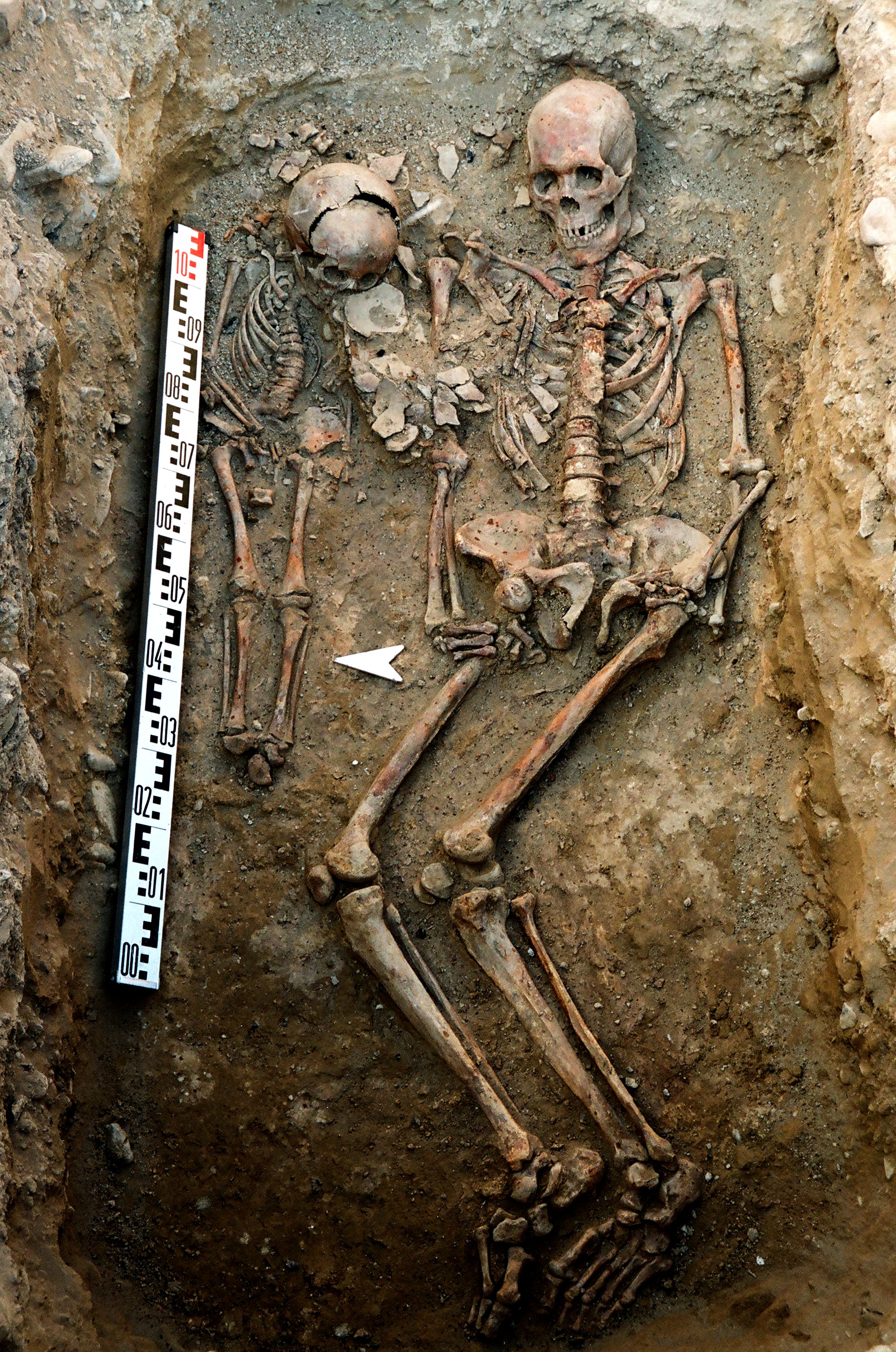"there is, probably, one more testimony to the invasion of central europe by the seima-turbino peoples. on bronze age settlements in saxony, burials are known of skulls and pieces of bones showing signs of cannibalism. unfortunately, the publication does not define more exactly to which period these finds relate [grimm, 1997]. in particular, many simi-lar finds have been made in slovakia, on settlements of the veterov, madjarovce and otomani cultures.they are known on unětice settlements very rarely.often, traces of scraping and incisions are visible on bones, and the cooking of body parts is not ex-cluded. sometimes there are pieces of skull. a cer-emonial mask found on the nitriansky hrádok set-tlement, made from the front of a skull, is especiallyinteresting [furmanek, jakab, 1997]. it should be noted that the distribution here of bronzes of seima-turbino type is dated exactly to this time and found on settlements of this group. the connection of suchrituals with these cultural groups can be demon-strated also by an example from south-western poland, where, at the end of phase br a2, the nowagerekwia group occurs, whose formation is usuallyconnected with the abovementioned cultural devel-opments in slovakia. at this time both fortified set-tlements and burials on settlements appeared here.very often there are separate human bones, espe-cially skulls and pieces of skull. it was uncharacter-istic of unětice culture and is subsequently absent from trzciniec culture..."scythian:
[gorno-altaisk, russia—the siberian times reports that a 2,500-year-old grave from the pazyryk culture has been found in the altai mountains. the grave was looted in antiquity, but still contained the remains of an adult and a child or teenager, who had been buried with two small bronze mirrors, ceramics, gold foil, and wearing fur garments. their heads, however, had been removed and placed at their knees. nikita konstantinov of gorno-altaisk state university said the pazyryks often buried defeated enemies without their heads, since they made the skulls into bowls. “but this is obviously a different case,” he said. it is possible that the heads were detached when the grave was looted, but the rest of the skeletons remained undisturbed. konstantinov and his team will try to determine the age and sex of the skeletons, and study the cervical vertebrae to try to learn more about how the heads were removed. “we have no similar cases, so we need to investigate this one very thoroughly,” he said. to read more about the pazyryk culture, go to "iron age mummy." in the current issue]
American indian:
[a 3,000 year-old village discovered in central california has been found to contain an unusual set of burials — with more than a half dozen individuals buried without their heads, and nearly as many others buried intact, with an extra skull by their side. in two of the graves, the crowns of the severed skulls had even been fashioned into smooth, polished bowls.]
"Leather was one of the most important materials of nomadic Scythians, used for clothing, shoes, and quivers, amongst other objects. However, our knowledge regarding the specific animal species used in Scythian leather production remains limited. In this first systematic study, we used palaeoproteomics methods to analyse the species in 45 samples of leather and two fur objects recovered from 18 burials excavated at 14 different Scythian sites in southern Ukraine. Our results demonstrate that Scythians primarily used domesticated species such as sheep, goat, cattle, and horse for the production of leather, while the furs were made of wild animals such as fox, squirrel and feline species. The surprise discovery is the presence of two human skin samples, which for the first time provide direct evidence of the ancient Greek historian Herodotus’ claim that Scythians used the skin of their dead enemies to manufacture leather trophy items, such as quiver covers. We argue that leather manufacture is not incompatible with a nomadic lifestyle and that Scythians possessed sophisticated leather production technologies that ensured stable supply of this essential material."
shang china
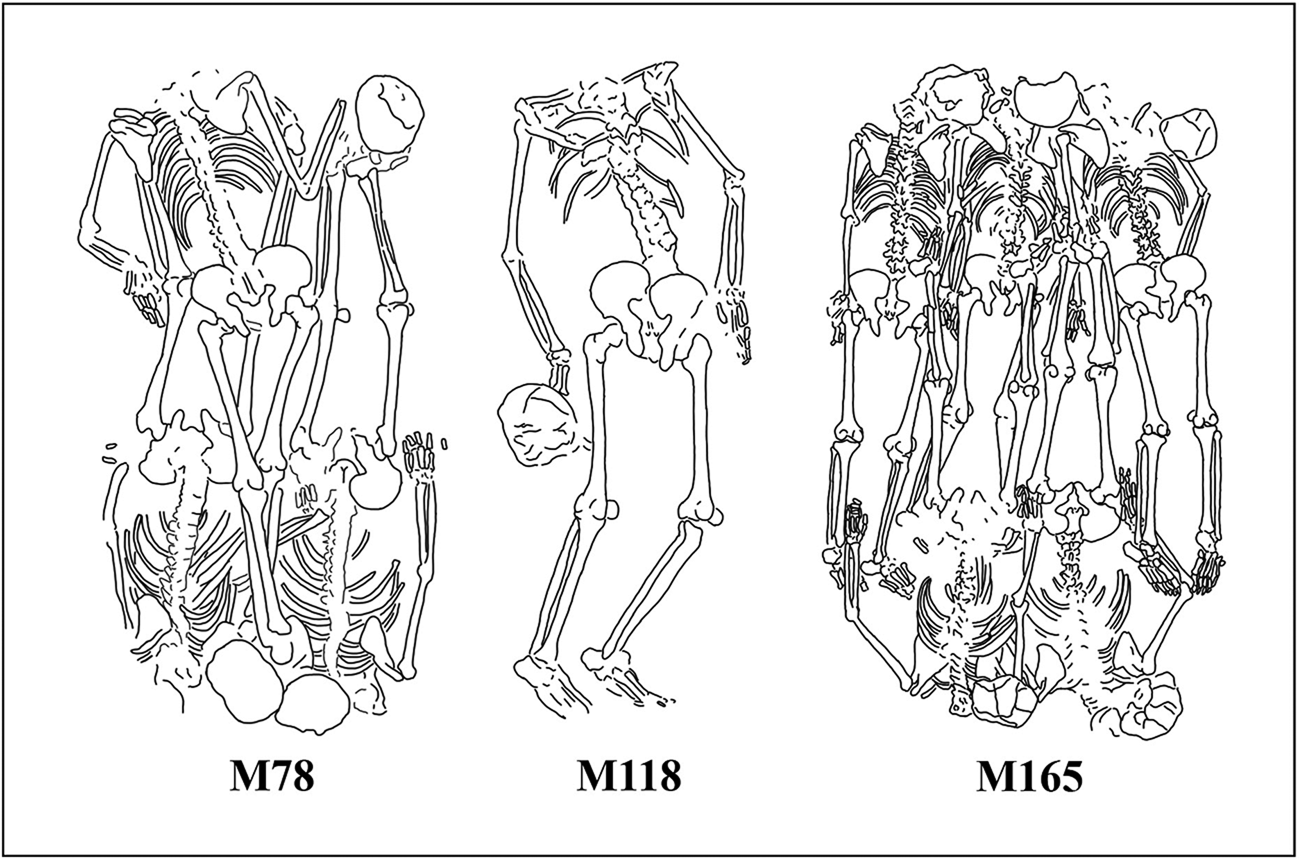
"
Abstract
Decapitation was an integral part of the complex ritual practices recorded in the palaeographic and archaeological records at the Late Shang (c. 1250–1050 BCE) site of Yinxu in Henan Province, China. Although representations of decapitation are often found in societies where the act was carried out, no clear evidence exists for Yinxu, where only a small number of human depictions have been uncovered to date. In this article, I use archaeological data from sacrificial contexts and material culture uncovered during excavations over the past 90 years to investigate the human head as Late Shang elite visual culture. I argue that the dramatic increase in decapitation at Yinxu necessitated the development of a ritually informed process for handling these remains that transformed them into elite objects, while simultaneously pacifying their potentially dangerous post-mortem agency. This research contributes to global comparative studies on the materiality of the human head."
Decapitated Heads as Elite Visual Culture in Late Shang China | Cambridge Archaeological Journal | Cambridge Core
Decapitated Heads as Elite Visual Culture in Late Shang China - Volume 32 Issue 2www.cambridge.org


Chariotry and Prone Burials: Reassessing Late Shang China’s Relationship with Its Northern Neighbours - Journal of World Prehistory
In place of the traditional view that raids and invasion from the north introduced new weapons and chariots to the Shang (c. 1200 BC), we argue that archaeological evidence illustrates the presence of several regional groups at or near the late Shang centre, Anyang. Here we review burial...link.springer.com
Shimao pyramid culture china:
"The most common burial in tombs is the burial of the head or the burial of a wife and concubine, which are characteristic of nomadic peoples"
"The owner of the tomb has the custom of making and using human head bowls"
"Martyrs with their heads cut off"
"The rulers of the ancient city of shimao also popularized this kind of headdress made from human ribs!"
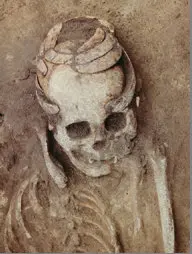
石峁古城 黄帝游牧奴役农耕 华夏自北而南 内城外城贵贱别处 猴脸雕刻 人头奠基 城墙出玉器 统万城平城
石峁古城是早2600年的统万城 石峁古城是早2600年的统万城_徐江伟_新浪博客 石峁古城是早2600年的统万城_徐江伟_新浪博客 徐江伟 陕西榆林石峁古城遗址是全国重点文物保护单位,被誉为“21世纪世界重大考古发现”,…
bone for divination:
Shang china, oracle bone:


